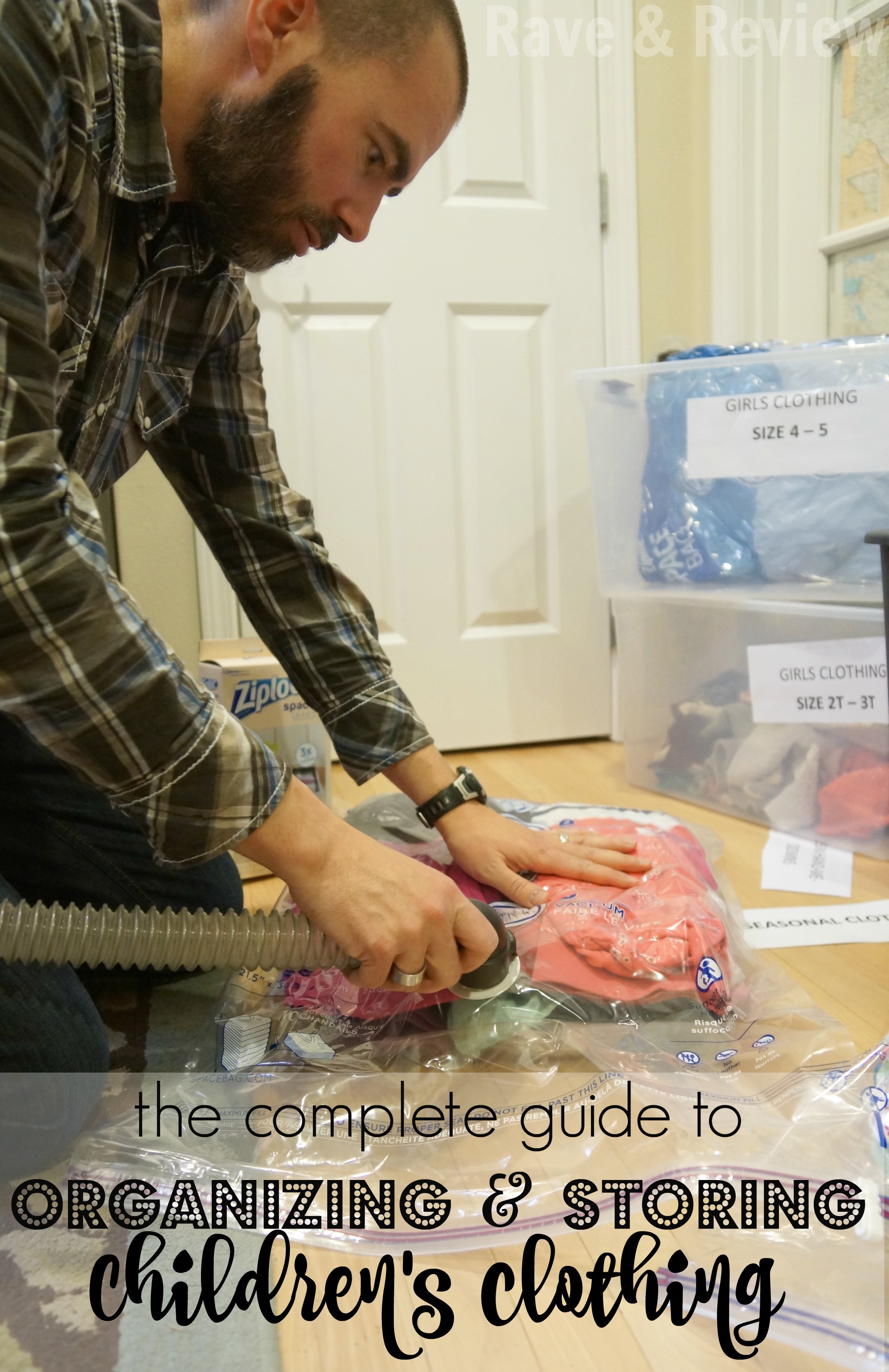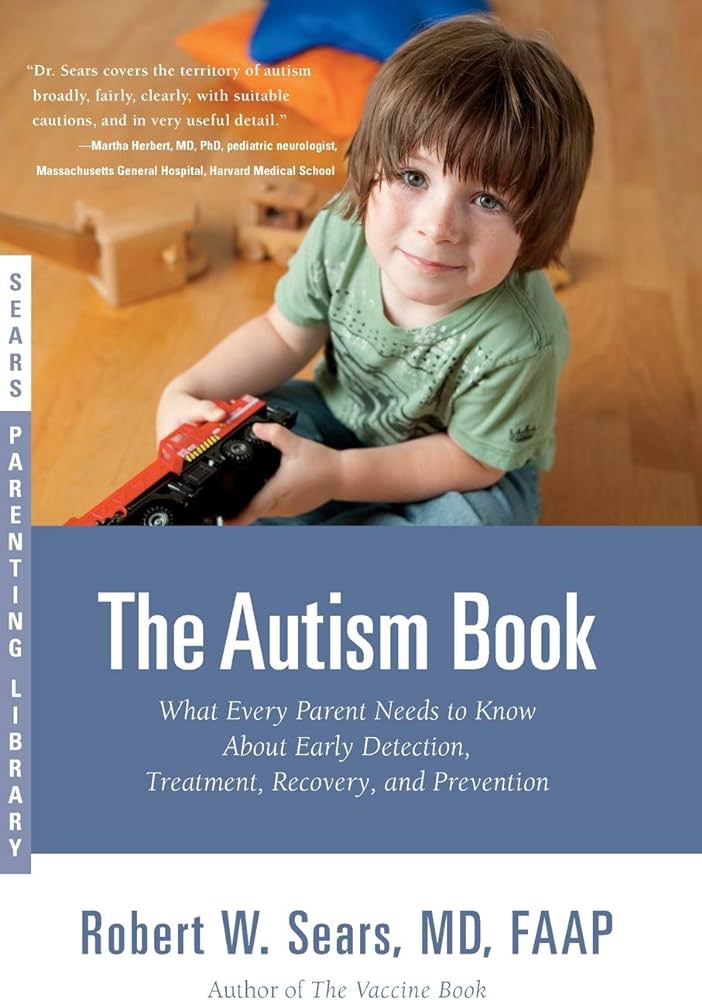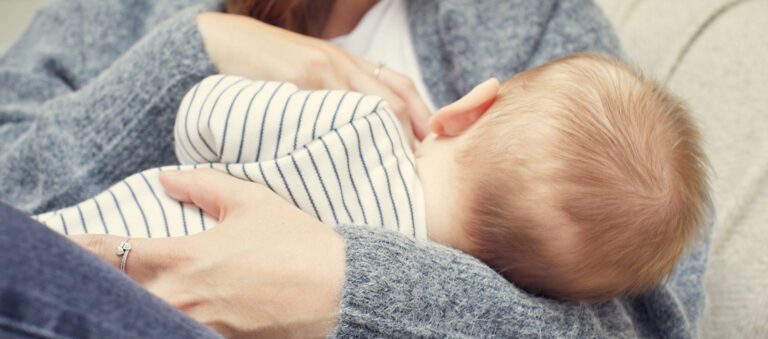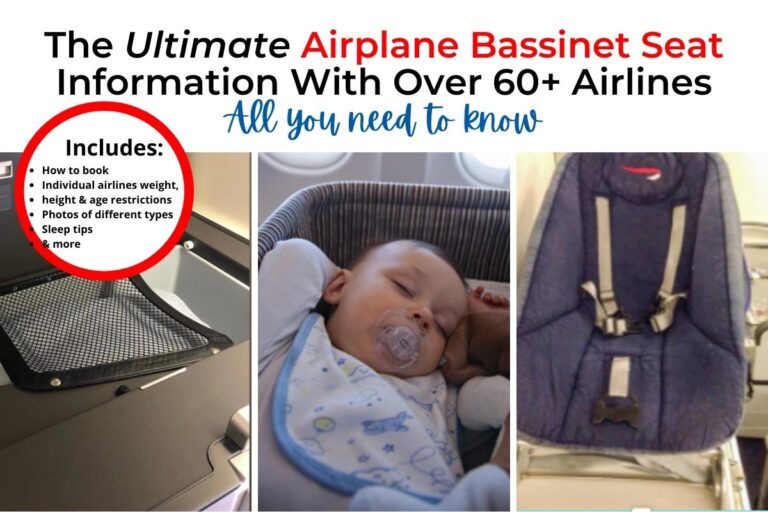How Many of Each Size Baby Clothes: The Ultimate Guide
For accurate estimation of baby clothes, it is recommended to have around 7-10 pieces of each size, including newborn, 0-3 months, 3-6 months, 6-9 months, and 9-12 months. As babies grow quickly, it is important to have enough clothes to accommodate their changing sizes and preferences.
In the initial stages, newborns may go through multiple outfit changes in a day due to spit-ups and diaper leaks, while older babies may require fewer changes. It is also helpful to consider the climate and season when selecting baby clothes to ensure they are appropriate and comfortable.
By having a sufficient number of each size, parents can easily dress their baby without worrying about running out of clean clothes.

Credit: raveandreview.com
Understanding Baby Clothing Sizes
When it comes to understanding baby clothing sizes, parents often wonder how many of each size baby clothes they should have. The answer varies depending on factors such as growth rate and laundry frequency. It’s important to have a mix of sizes to accommodate the baby’s needs as they grow.
you need for each size? What are the factors to consider when choosing baby clothes sizes? And what are the common challenges in determining the right size? In this blog post, we will dive into the topic of understanding baby clothing sizes, providing you with all the information you need to make the right choices for your little one.Baby Clothing Size Chart: A Breakdown Of The Different Size Categories
When it comes to baby clothing sizes, it can be a bit overwhelming to understand the various size categories. To make things easier for you, let’s break it down and take a look at a baby clothing size chart:| Size Category | Age Range | Weight Range |
|---|---|---|
| Newborn | 0-1 month | Up to 8 pounds |
| 0-3 months | 0-3 months | Up to 12 pounds |
| 3-6 months | 3-6 months | 12-16 pounds |
| 6-9 months | 6-9 months | 16-20 pounds |
| 9-12 months | 9-12 months | 20-24 pounds |
Factors To Consider When Choosing Baby Clothes Sizes: Growth Rates, Weight Ranges, And Age Guidelines
When it comes to choosing the right size for your baby’s clothes, there are several factors to consider. These factors include growth rates, weight ranges, and age guidelines. 1. Growth Rates: Babies grow at different rates, so it’s important to consider your baby’s individual growth pattern when choosing clothes. Some babies may outgrow their clothes quickly, while others may take longer to move up to the next size. 2. Weight Ranges: Checking your baby’s weight is a helpful indicator for choosing the right size. Refer to the weight ranges in the baby clothing size chart to ensure a proper fit. Keep in mind that weight ranges are just general guidelines, and your baby’s specific measurements should be considered. 3. Age Guidelines: Baby clothing sizes often correspond with age ranges. However, it’s important to remember that babies grow at different rates, so the age guidelines should be used as a rough estimate. Consider both your baby’s age and weight to determine the best size for them.Common Challenges In Determining The Right Size: Individual Variations, Brand Differences, And Seasonal Considerations
Determining the right size for your baby can sometimes be challenging due to various factors. Here are some common challenges you may encounter: 1. Individual Variations: Every baby is unique, and their growth patterns may not align perfectly with standard size categories. It’s important to consider your baby’s individual variations in growth when choosing clothes. 2. Brand Differences: Different brands may have slightly different sizing standards. It’s advisable to consult the brand’s size chart or try clothes on your baby to ensure the best fit. Keep in mind that you may need to adjust the size based on the brand you choose. 3. Seasonal Considerations: The time of year can also impact your choice of baby clothes sizes. For example, during colder months, you may need to size up to accommodate layering or thicker fabrics. Conversely, during warmer months, you may opt for lighter, more breathable fabrics in a smaller size. By understanding these common challenges and considering individual variations, brand differences, and seasonal considerations, you can find the perfect size for your baby’s clothes. Now that you have a clear understanding of baby clothing sizes, you can confidently choose the right size for your little one. Remember to consider growth rates, weight ranges, and age guidelines while also taking into account individual variations, brand differences, and seasonal considerations. With this knowledge, you can ensure that your baby is dressed comfortably and stylishly in the right-sized clothes.Newborn Clothing Essentials
Looking for information on how many of each size baby clothes you need? Check out our helpful guide on newborn clothing essentials and find out everything you need to know about stocking up on the right sizes for your little one’s wardrobe.
How Many Newborn-sized Clothes Do You Need: A Practical Guide Based On Average Usage And Laundry Frequency
When it comes to preparing for your newborn, it’s essential to have the right amount of clothes to keep them comfortable and cozy. But how many newborn-sized clothes do you actually need? Let’s break it down.
Essential Newborn Clothing Items: Onesies, Sleepers, Hats, Socks, And Mittens
In order to make sure your little one is ready for any situation, there are a few essential clothing items that you should include in their wardrobe. These items include:
- Onesies: These versatile pieces serve as the foundation of your baby’s outfit. Choose onesies made from soft and breathable materials to keep your baby comfortable throughout the day.
- Sleepers: Sleepers are perfect for bedtime and provide warmth and comfort to your little one. Look for sleepers with zipper or snap closures for easy diaper changes.
- Hats: Newborns have a hard time regulating their body temperature, so it’s important to keep their heads warm. Choose hats that are soft, stretchy, and provide coverage for the ears.
- Socks: To keep your baby’s tiny feet warm and protected, invest in a few pairs of soft and breathable socks.
- Mittens: Newborns often have sharp nails that can accidentally scratch their delicate skin. Mittens help to prevent scratches and keep your baby’s hands warm.
Tips For Choosing Newborn Clothes: Comfort, Ease Of Dressing, And Versatility
When selecting newborn clothes, there are a few important factors to consider. These include:
- Comfort: Choose clothes that are made from soft and gentle fabrics, such as cotton or organic materials, to protect your baby’s sensitive skin.
- Easy dressing: Look for clothes with convenient closures, such as snaps or zippers, to make dressing and changing diapers easier for both you and your baby.
- Versatility: Opt for clothes that can be mixed and matched easily, allowing you to create multiple outfits with fewer items. This will save you both time and money.
Transitioning To 0-3 Months Size
Transitioning to 0-3 months size can be confusing when it comes to how many of each size baby clothes you need. Check out our guide for tips on buying the right amount for your little one’s wardrobe.
When To Start Using 0-3 Months Size: Signs That Your Baby Is Ready For Larger Clothes
As your little one grows, it’s important to keep an eye on whether they are outgrowing their current clothes. The transition to 0-3 months size typically happens when your baby shows signs of being ready for larger clothing. Some signs to look out for include:
- Snugness: If your baby’s clothes are starting to feel tight or restrictive, it’s a clear indication that they need to move up to a larger size.
- Stretching: Notice if your baby’s onesies or bodysuits are becoming stretched out or losing their shape, as this suggests they no longer fit properly.
- Length: Pay attention to the length of your baby’s clothing. If their feet are peeking out from the bottom or their sleeves are becoming shorter, it’s time to consider transitioning to the next size.
- Discomfort: If your baby seems fussy or irritable while wearing their current clothes, it could be due to them feeling uncomfortable in tight or constricting outfits.
Recommended Quantity Of 0-3 Months Clothes: Balancing The Needs For Growth And Comfort
When it comes to stocking up on 0-3 months clothes, finding the right balance between having enough for your baby’s needs and avoiding excessive clutter can be challenging. Here are some key considerations:
| Item | Quantity |
|---|---|
| Rompers | 5-7 pieces |
| Bodysuits | 10-12 pieces |
| Leggings | 3-5 pieces |
| Layering options (e.g., cardigans, jackets) | 2-3 pieces |
These quantities can serve as a starting point, but keep in mind that every baby is different. If your baby tends to go through clothes quickly due to frequent messes or spit-ups, you may want to have a few extras on hand. Conversely, if you have access to laundry facilities and can do frequent loads, you may be able to get away with fewer items.
Must-have 0-3 Months Items: Rompers, Bodysuits, Leggings, Layering Options
When it comes to 0-3 months baby clothes, there are a few essential items that you’ll want to have in your little one’s wardrobe:
- Rompers: These one-piece outfits are perfect for easy diaper changes and provide all-day comfort.
- Bodysuits: A staple for any baby, bodysuits are versatile and can be worn alone or layered.
- Leggings: Soft and stretchy leggings are great for keeping your baby cozy while allowing them to move freely.
- Layering options: Consider adding a few cardigans or jackets to your baby’s wardrobe for those cooler days or nights.
By having these items on hand, you can create a mix-and-match wardrobe that keeps your baby comfortable and stylish.
Exploring Sizing Options Beyond 0-3 Months
As your baby grows, it’s important to keep up with their ever-changing clothing needs. While the 0-3 months size range is a staple in every newborn’s wardrobe, it’s essential to understand what comes next and how to navigate the transition to larger sizes. In this blog post, we will explore sizing options beyond the 0-3 months range and provide helpful insights on factors to consider when making the switch to 3-6 months clothing.
The 3-6 Months Clothing Transition: Factors To Consider And When To Make The Switch
When it comes to transitioning your baby’s clothing from 0-3 months to 3-6 months, there are several factors to consider. Firstly, every baby grows at their own pace, so it’s important to monitor their growth to determine when it’s time to move up in size. Keep an eye on their weight and height, as these measurements can guide you in selecting the appropriate clothing size.
Another factor to consider is the season. If your little one was born in the winter months, they may require warmer and more layered clothing during the 3-6 months period. On the other hand, if your baby is born in the summer, lighter fabrics and breathable outfits may be more suitable.
Generally, most babies make the transition to 3-6 months clothing around the three-month mark. However, it’s important to note that every baby is unique, and some may need to make the switch earlier or later. Keep an eye out for telltale signs such as tightness or discomfort in their current clothing to ensure they are wearing the right size.
How Many 3-6 Months Clothes Do You Need: Strategies For Building A Well-rounded Wardrobe
Building a well-rounded 3-6 months wardrobe for your baby involves finding the right balance between essential pieces and variety. Here are a few strategies to help you ensure your baby has an adequate supply of clothing:
- Assess your baby’s needs: Take stock of your baby’s current wardrobe to see which items are still usable and which ones your baby has outgrown. This will give you a clear idea of what you need to purchase.
- Invest in basics: Start by acquiring essential items such as bodysuits, leggings, and tops. These versatile pieces can be mixed and matched to create various outfits.
- Consider growth spurts: Babies grow quickly, so it’s wise to have a few larger-sized items on hand to accommodate growth spurts. However, don’t go overboard and buy too many pieces as babies can outgrow them before they get a chance to wear them.
- Think about the season: Take into account the weather during the 3-6 months period. If it’s winter, focus on warmer clothing like sweaters and pants. For summer, opt for lighter fabrics like cotton and shorts.
- Quality over quantity: Rather than buying a large number of cheaper items, invest in a few high-quality pieces. They will last longer and can be handed down to future siblings or even resold.
Key Clothing Items For 3-6 Months: Separates, Sleepwear, And Special Occasion Outfits
As your baby enters the 3-6 months stage, it’s essential to have a well-rounded wardrobe that includes different types of clothing for various occasions. Here are some key items to consider:
| Separates | Sleepwear | Special Occasion Outfits |
|---|---|---|
| Bodysuits | Sleepsacks | Dresses or suits |
| Tops | Onesies | Cardigans or blazers |
| Bottoms (leggings, pants) | Gowns | Shoes or booties |
| Jackets or sweaters | Baby pajamas | Accessories (hats, headbands) |
By having a variety of separates, sleepwear, and special occasion outfits, you’ll be prepared for any event or daily activity that comes your way during the 3-6 months period. Remember, it’s important to choose comfortable and practical clothing options that are easy to dress and undress to make those diaper changes hassle-free.
Growing With Your Baby: Sizes 6 Months And Up
As your baby grows, so do their clothing needs. The rapid changes in their size and developmental stages call for a different approach when it comes to choosing and stocking up on baby clothes. In this section, we’ll focus on sizes 6 months and up, providing you with insights on understanding developmental stages, recommended quantity of clothes, and versatile clothing options.
The 6-9 Months Size Range: Understanding The Developmental Stages And Clothing Needs
Between 6 and 9 months, your baby starts to achieve significant milestones in their physical and motor skills development. They may be starting to sit up on their own, crawl, and even attempt their first steps. This newfound mobility calls for clothing that allows for easy movement and promotes comfort.
During this stage, it’s important to choose clothes that have stretchy materials and are easy to put on and take off. Opt for onesies with snap closures at the crotch and stretchy leggings or pants to accommodate their growing legs. Additionally, consider outfits that have a slightly looser fit to allow room for movement while keeping your baby comfortable.
Recommended Quantity Of 6 Months+ Clothes: Adapting To Your Baby’s Growth Patterns
When it comes to the quantity of clothes for babies aged 6 months and up, it’s essential to strike a balance between having enough to meet their changing needs and avoiding excessive accumulation. Babies grow at different rates, so it’s crucial to adapt your clothing purchases to their individual growth patterns.
A general guideline is to have around 5-7 onesies or tops, 5-7 pairs of pants or leggings, and a few dresses or rompers in the 6-9 months size range. This quantity allows you to have enough clothing options to rotate throughout the week while considering the occasional messes and laundry requirements.
Remember, babies outgrow their clothes quickly, so it’s important to monitor their growth and make necessary adjustments to their wardrobe to ensure the right fit and comfort.
Versatile Clothing Options For Older Babies: Pants, Tops, Dresses, And Outerwear
As your baby progresses into older age groups, it becomes even more important to have versatile clothing options that can accommodate their changing needs. At this stage, their personalities may start to shine through, and their clothing can be a reflection of their developing individuality.
Pants, tops, dresses, and outerwear become essential items in their wardrobe. Opt for pants with elastic waistbands and adjustable straps for ease of dressing and accommodating for growth spurts. Tops and dresses with cute patterns and vibrant colors can add a touch of style to their outfits.
Consider investing in outerwear that is suitable for the changing seasons. Lightweight jackets or sweaters for spring and fall, and warmer, insulated coats for winter, will ensure your little one stays comfortable and protected from the elements.
Frequently Asked Questions For How Many Of Each Size Baby Clothes
How Many Onesies Of Each Size Do I Need?
You will need at least four to seven onesies in each size for your baby. Babies grow quickly and go through clothes fast.
How Many Clothes Are Needed For A Baby?
It is recommended to have at least four to seven clothes of each size for a baby.
What Size Baby Clothes To Buy The Most Of?
Buy the most of newborn and 0-3 months sizes.
How Many Outfits Do Babies Go Through?
Babies go through multiple outfits each day. It is recommended to have at least four to seven outfits for them.
Conclusion
When it comes to how many of each size baby clothes you need, it’s important to keep in mind that babies grow quickly. It’s recommended to have a sufficient amount of clothes in each size, but not go overboard. Purchasing four to seven outfits in each size will ensure you have enough clothing options for your little one.
Remember to consider the season and your baby’s weight when selecting clothes. By following these guidelines, you’ll be well-prepared for your baby’s wardrobe needs.








